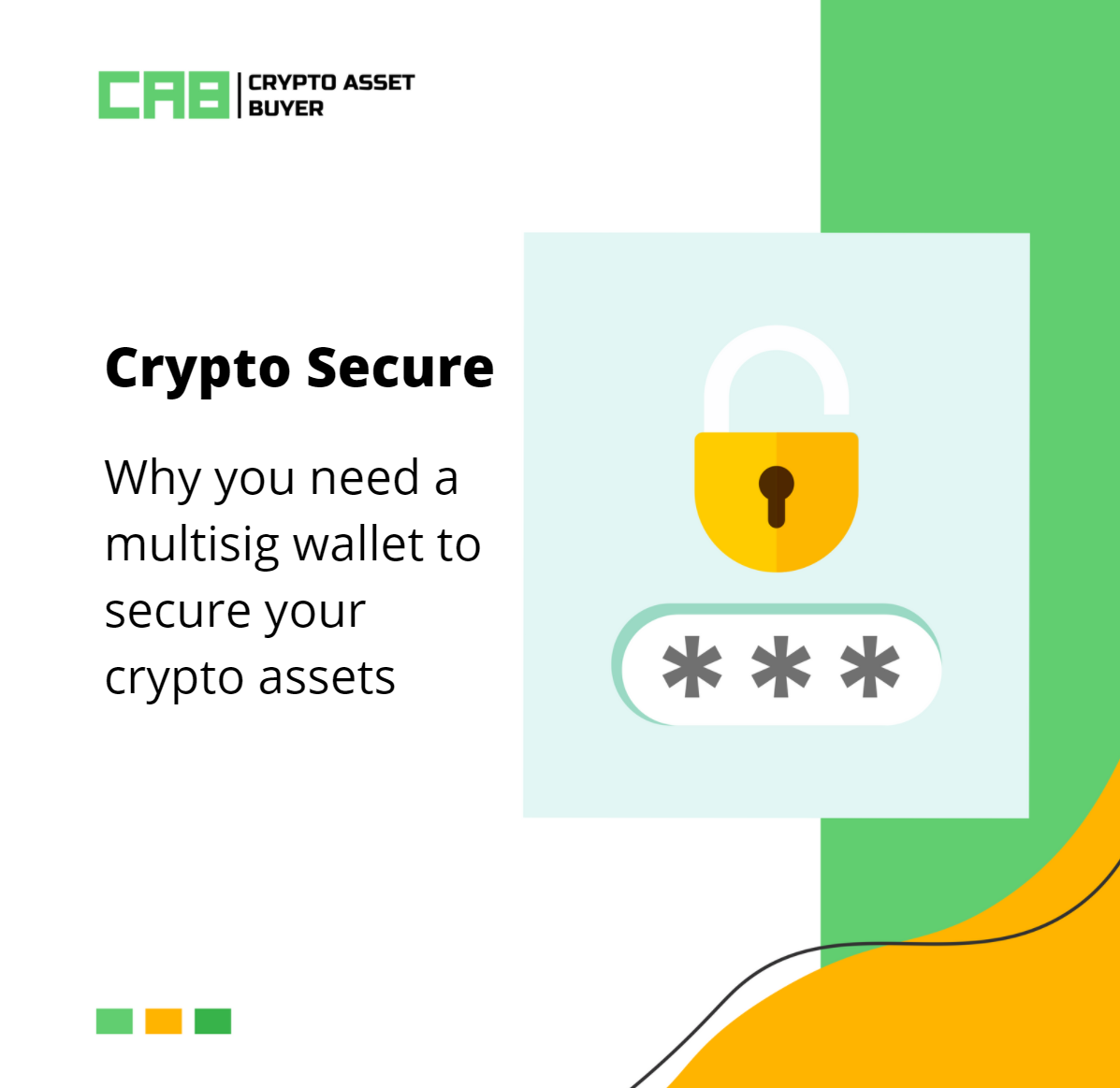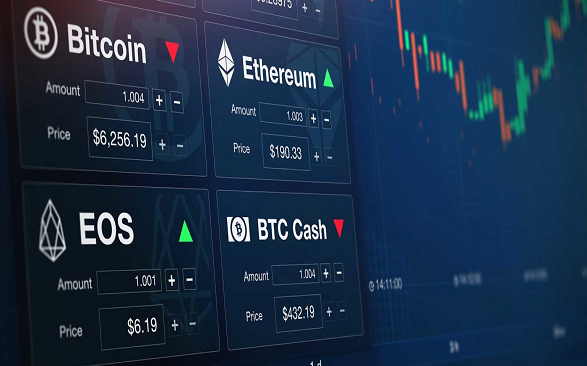When it comes to accessing your crypto wallet, it is reasonable to want to have sole control of your passwords and private keys for utmost security. But there are situations where it may be more secure to have more than one person to have some level of control of the passwords and private keys of a crypto wallet. Examples of such situations include a crypto wallet where large crypto assets are stored; where crypto assets owned by an estate, family, or a group of persons are managed; or a crypto wallet where an escrow account is operated. This is where a multisignature (multisig) wallet comes in.
What is a multisig wallet?
A multisig wallet is a crypto wallet that requires two or more private keys to complete a transaction. It is “multi” because more than one party must sign before any transaction can be completed or validated.
Accessing a multisig wallet involves the use of multiple signatures secured with cryptography.
A multisig wallet is only one of the various types of crypto wallets.
Other crypto wallets are a custodial or non-custodial wallet, cold or hot wallet, hardware or software wallet, and single-signature wallet.
While a multisig wallet could be a custodial or non-custodial wallet, a cold or hot wallet, a hardware or software wallet, a multisig wallet is the direct opposite of a single-signature wallet.
What does a multisig wallet do and how does it work?
Basically, a multisig wallet enables each person to have a piece of the puzzle required to complete transactions in the crypto wallet. Imagine a box or vault that only unlocks with the combined use of more than one key. That’s essentially what multisig wallets do. Little wonder a multisig wallet is also called a vault—a room, especially in a bank, with thick walls and a strong door, used to store money or valuable things in safe conditions (Cambridge).
Having multiple parties with multiple signatures for more security is therefore the major idea behind a multisignature wallet or multisig wallet.
Now how does that work? Ada, Ade, and Aisha own a crypto wallet where their crypto assets are stored. To ensure security of the wallet, Ada, Ade, and Aisha set up an authentication system whereby each of them has a key. The keys—when combined—are used to unlock the wallet and complete transactions. Typically, at least two of the keys must be combined to complete a transaction on the wallet.
So when Ada wishes to make a withdrawal from the crypto wallet for example, Ada will initiate the withdrawal and sign with his key. After signing, Ada would require Ade to confirm the withdrawal by using her key to do so. If Ade signs it and then sends it back to Ada, the withdrawal may or may not be completed depending on whether the wallet is set up to require a minimum of two confirmations or confirmation by all three. If Ada does not sign it, the withdrawal fails.
What does a multisig wallet do and how does it work?
Though multisig wallets help to keep your crypto assets safer, you must understand that it also comes with some level of risks.
First, a multisig wallet does not have a back-up seed phrase that allows users to recover their wallets should they lose their passwords. In contrast to this, single-signature wallets come with back-up seed phrases for account recovery. (This does not mean that you won’t also lose your single-signature crypto wallet if you lost access to your single-signature wallet as well as your back-up seed phrase.)
Second, multisig wallets are not generally easy to use compared to single-signature wallets. Just as a number of crypto users believe that decentralized exchanges are difficult to use compared to centralized exchanges, similarly a number of crypto users believe that multisig wallets are difficult to use. As you might have discovered in the crypto market, uneasy user experience often impacts on the likelihood of a user losing his or her crypto assets, whether through fraud, mistake, or error. Consequently, it is the more experienced or (to some extent) the intermediate crypto asset buyers, investors, managers, or traders that usually use multisig wallets.

Who should use a multisig wallet?
If you are a crypto asset buyer, investor, holder (spelt “holdler” in the crypto world), or trader with large amounts of crypto, you should consider getting a multisig wallet.
Crypto-asset service providers such as brokers/OTCs, crypto exchanges, and investment funds find multisig wallets particularly useful. Since multisig wallet helps to ensure that no one person can solely withdraw funds from the crypto wallet, risk is effectively distributed amongst all the key holders.
Even if hackers are not a major concern for you, a multisig wallet could still be helpful in avoiding the risk of being locked out of a crypto wallet because the one sole possessor of the keys is no longer available or disappeared. QuadrigaCX, a crypto exchange, is a classic illustration of why multisig wallets are vital. QuadrigaCX could not access the up to $115 million worth of crypto deposits in its wallet after the death of the founder. The founder was the only one who had the keys to the exchange’s wallet.
If you choose to use a multisig wallet, services that can help you manage your multisig-wallet keys include Blockstream, Casa, KeepKey, and Unchained Capital. But if you prefer a do-it-yourself multisig software solution, some commonly used open-source solutions include Caravan, Electrum, and Lily.
Keep your keys safe!
Discover more from Crypto Asset Buyer
Subscribe to get the latest posts sent to your email.



